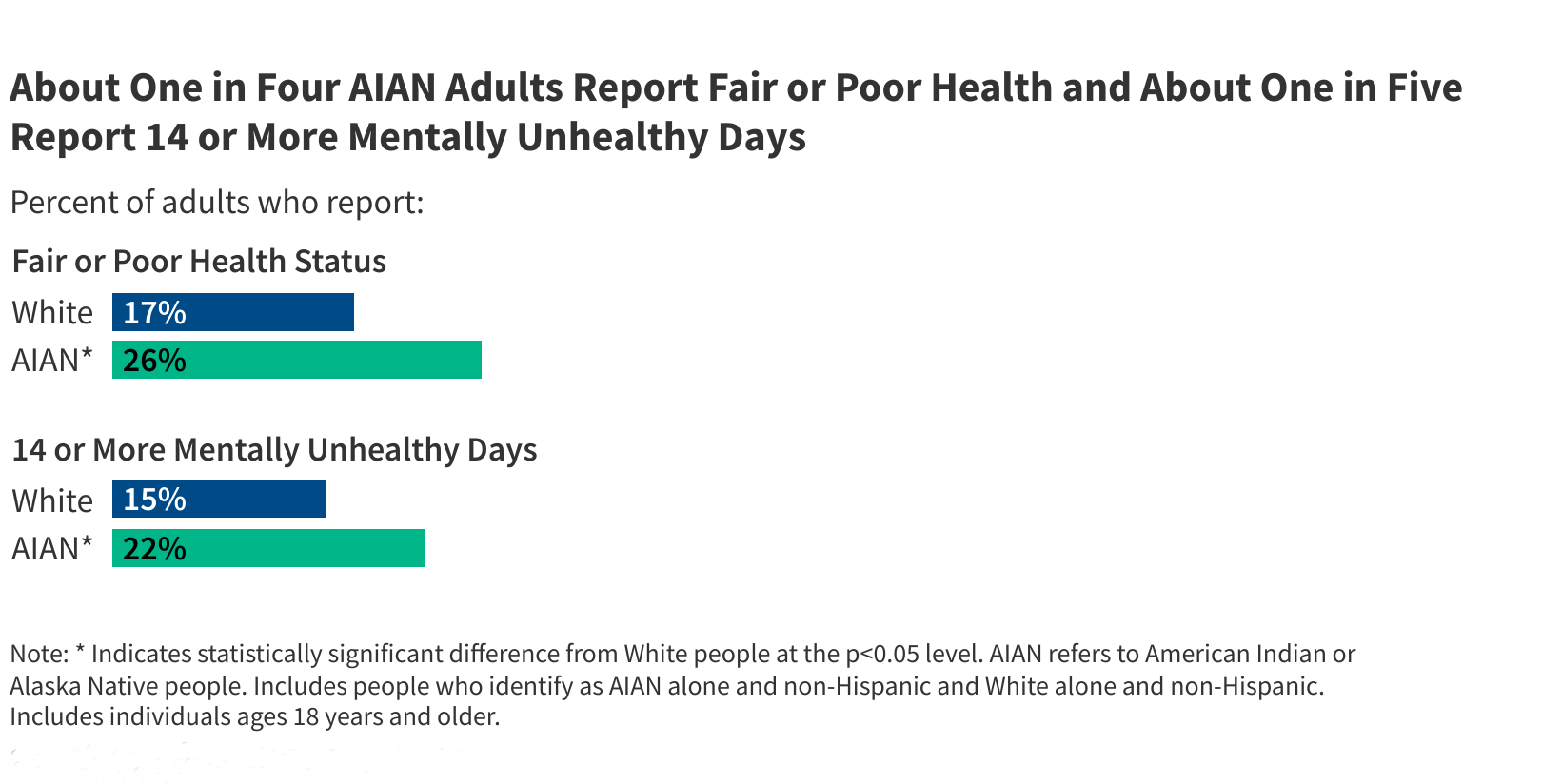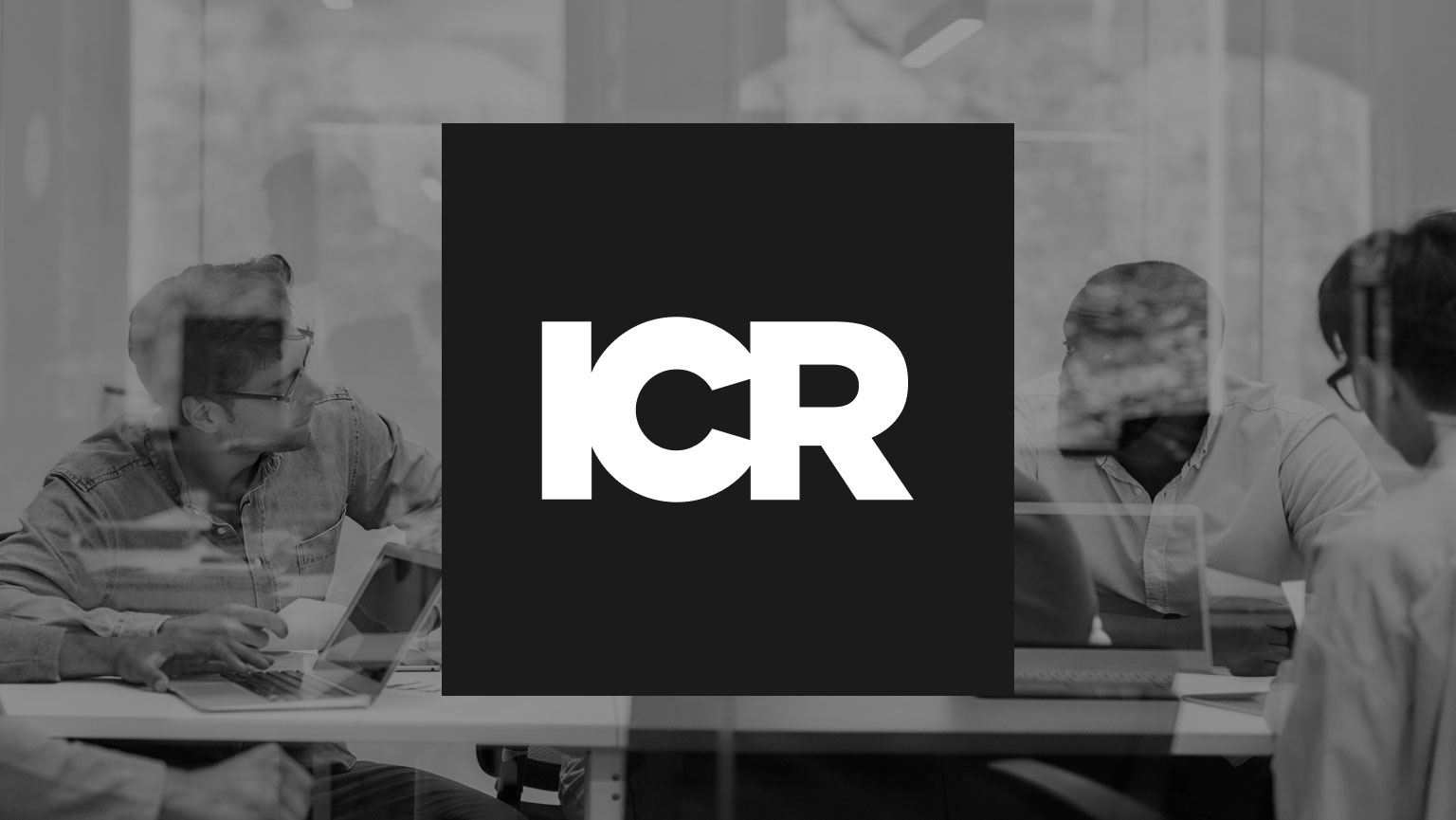This is a deep dive into developing a retirement income plan using the concepts of an income floor and a three bucket plan comes from Glen Nakamoto, a long time user of the Boldin Planner.
Here is Nakamoto’s Story, Rational, and a Detailed Explanation of His Retirement Income Plan
First of all, just to make clear, I am not a financial advisor or anyone who has any background in financial planning. Before I retired, I was a cybersecurity analyst who loved to “dig deep” into how things work (such as cyber attacks). As I started to consider retirement, I dove into retirement planning with a comparable zeal. What follows is a recounting of some lessons learned and how I came up with a plan for generating retirement income. It should not be construed as advice since any advice should be specific to your situation.
Saving for Retirement Was the Easy Part
As I was approaching retirement, I started to get concerned about how to create income in a comfortable manner (rather than just “take money out of savings when needed”). It seemed like saving for retirement was the easy part (so long as your company had a good retirement plan – which it did. And, you started early enough – which I didn’t).
Figuring Out Retirement Income Is the Hard Part
I reviewed several options for how to generate income (bucket strategy, 4% rule, variable percentage withdrawal, annuities, and so on).
However, it was hard to determine which one would work best for us (both financially as well as emotionally). When I talked to a couple of advisors prior to retirement, they had a lot of advice on how to manage my investments.
However, to generate income, the advice was to “take money out of savings when needed” (using something like the 4% rule). So for our situation, the first thing I did was to establish some goals that I believed would make a successful retirement income strategy. After some discussions with my wife, the goals we established are as follows:
- Have reliable and predictable lifetime income for essential expenses
- Plan for discretionary income (to maintain our lifestyle and have fun)
- Protect against inflation
- Mitigate impacts of market volatility as well as sequence of return risk.
Optionally, if sufficient assets permit:
- Plan for college expenses (for grandchildren)
- Leave a legacy
My Plan for Reliable Lifetime Income Using a Bucket / Income Floor Strategy
The first goal of having reliable lifetime income for essential expenses is at the core of what some have called an income floor. Reliable lifetime income is income that is guaranteed for life and is not significantly impacted by market conditions.
Some examples of reliable lifetime income are social security, defined benefit pensions, and some types of annuities.
The basic premise is that you can not outlive this income source (although protection from inflation is not necessarily guaranteed depending on the income source). Over time, I learned that others have referred this as a safety-oriented approach to retirement income planning.
I have now been retired for seven years and have that many years using the income floor strategy for retirement income.
Side Note: Why I Didn’t Use the Traditional Bucket Strategy
Just prior to retiring, I seriously considered using a time segmentation approach called the three bucket strategy but, instead, modified it to address the stated goals.
By way of a brief review of the bucket strategy, bucket 1 covers 1-2 years of income using highly reliable assets such as cash (but still must be replenished from the other buckets and generally has little to no investment return). Bucket 2 covers 3-5 years typically using bonds or bond funds (somewhat reliable but with some investment return opportunity). Bucket 3 is primarily equity based but also has the most risk and best opportunity for investment returns.
What I didn’t like about this classic approach is that market volatility as well as a sharp downturn near the beginning of retirement could be “emotionally draining” if not outright damaging (even using sequence of return risk mitigation such as diversification). If the market didn’t recover in 2-3 years, some serious “belt-tightening” may be required. Since I came very close to experiencing this situation first hand (2008-2009 recession), it probably influenced me to become more safety-oriented.
My Version of a Bucket Strategy Using an Income Floor
So my priorities went to establishing my first goal: to find some way to have reliable lifetime income for essential expenses and establish this as my income floor.
- This income floor became my version of bucket 1 (which does not need replenishment except for addressing inflation).
- I then decided to use bucket 2 to cover discretionary spending (at first) and then to cover expected required minimum distribution (RMD) withdrawals once I turned 70 1/2 in 2020 (now older due to the recently passed SECURE Act). For us, one year’s RMD coincidentally covers 2 years of discretionary spending.
- Bucket 3 could then be used to address future inflation, replenishing bucket 2, and legacy. Since my plan was not to need bucket 3 within 5 and maybe up to 10 years, I could take more risk (with the potential for better returns) given the longer investment time period.
Bucket 1 – the Income Floor
Started By Figuring Out My Income Floor
The key challenge to establishing an income floor was determining how much was needed for essential expenses. I documented all our expenses for a couple of years prior to retirement, identifying what I would consider as essential (with everything else defined as discretionary).
This data collection was more challenging than I thought but now I have a system in place to make it relatively painless (given I do it annually).
Guaranteeing Lifetime Income for My Income Floor
With essential expenses identified, I then explored how to create a lifetime income stream that could establish that income floor. Since I didn’t have a pension, I could initially only count on social security (estimating my benefits at my full retirement age or FRA). I then sought to self-fund a “pension” (using single premium immediate annuities or SPIAs) such that when combined with my projected social security income, it would cover our essential expenses.
Social Security: I used “my” SS benefit (as the higher income earner) versus “our” SS benefit to ensure that the passage of one spouse does not have an adverse financial impact to the surviving spouse. To reduce the amount of this self-funded pension, you may want to include both SS benefits.
Annuities: To self-fund this pension (as part of this income floor), we used roughly 35% of our original retirement assets. I was initially concerned about using this much of our assets, wanting to limit this percentage to under 33%.
However, I did not have any hard and fast criteria except that I wanted to have future flexibility and not lock things down too much (especially since this income would not be inflation protected).
I did look at annuities that paid different COLA adjustments (2% fixed COLA or CPI-U inflation). However, the income reduction during the early phase of retirement was too much to accept from our viewpoint. This approach of establishing an income floor, at least, helped define how much annuities we would need to purchase.
Committing to An Annuity Was a Challenge
I will admit that taking that much money out and committing to funding this “pension” was probably one of the hardest things I’ve done. In that we wanted to further protect such annuities (in the case of company failure), we also spread our SPIA purchases across a few high quality companies to stay within our state’s insurance guaranty program coverage limits (which would replace the annuity in case the company fails).
We also purchased the annuities as joint survivor with 15 year guaranteed payment to our beneficiaries (in case we got hit by a bus the day after we purchased the products). My wife started her social security benefits at age 63 when she retired. I retired 3 years later and purchased our annuities to supplement our income.
While not part of our plan, the annuity income (along with some serendipitous part time work) enabled us to wait until I turned 70 to start my social security benefit. As I was approaching my FRA (age 66), I learned that I could apply for a restricted application and get spousal benefits which made it easier to wait (to get that 32% boost in my SS income).
Given the SPIA purchases were sized to complement my SS benefits at age 66 and not age 70, our income floor covers substantially more than our essential expenses. Since I did not include my wife’s SS benefit in computing the needed “pension”, her SS benefits would also be in excess of our essential spending needs (further adding to our discretionary fund – but outside of bucket 2). As a result, this additional income reduces the expense drawdown against bucket 2 and 3 in the future.
Bucket 2 – Discretionary Spending/RMD
Bucket 2, discretionary spending (or funding for RMD withdrawals), is a bit more free form where you make your own decisions on what you want to do after retiring.
However, if you decide to use bucket 2 for RMD withdrawals (like we did), the amounts are basically decided for you (by the IRS using your age and your portfolio balance).
Presently, our bucket 2 consists of a 5 year CD/bond ladder which covers our estimated RMDs each year for the next 5 years (thereby allowing us to do RMD withdrawals without having to sell equities in the event of a downturn). The key reason this is primarily a CD ladder is due to being able to find CDs returning 3.0% to 3.4% rate of return.
My initial goal was to find funding sources that would not be significantly impacted by market volatility in the near term (up to 5 years). CDs with their given rate of return, at the time, were the best choice for us. Another option I considered were multi-year guaranteed annuities (MYGAs). Since one year’s RMD funded two years of discretionary spending, we also made plans to invest any unspent funds in tax-efficient accounts outside our IRAs. Beyond the 5 years of RMDs (in CDs), our current plan is to lean more to replenishing bucket 2 with a mix of equities/bond funds and do in-kind distributions of RMDs from our tax deferred account (IRA) to a taxable account as a means of satisfying our annual RMD. With this approach, we would not have to sell such equities if the market is down or if we just wanted more equity exposure without having to pay transaction fees. We would still need to pay taxes on that distribution but we wouldn’t necessarily have to sell those equities if we have other assets to cover the taxes. However, I like having the option to use other funding sources to replenish this bucket (such as a deferred annuity, CDs, or bonds) based on market conditions at the time I need to make such decisions.
This bucket 2 uses roughly 11% of our original retirement assets and constitutes about 18% of our investable assets (bucket 2 and 3 combined). I also envision that this bucket will transition from a 100% tax-deferred bucket to a combination tax-deferred and taxable account, where tax planning takes on a more significant role.
Bucket 3 – Investment
With 35% of the original retirement asset needed for the self-funded pension and 11% needed for an initial 5 years of estimated RMD withdrawals, this leaves roughly 54% (of our original retirement asset) that I have allocated to bucket 3. This bucket also represents the remaining 82% of investable assets.
Had this percentage been less than 50%, I may not have proceeded with this plan. My primary reasons for establishing this threshold were to have sufficient investment funds to guard against future inflation as well as have the flexibility in those investments as future situations evolve.
Our bucket 3 is generally heavily weighted with equities using a diversified index-oriented portfolio spread out between small, medium, and large cap along with REIT, international, and emerging market funds. I also have investment grade bond funds. I do not consider myself an “investor” and tend to be a “buy-and-hold” person. However, I do pay attention to asset allocation as a means to further mitigate risk while ensuring active participation in the market. In this bucket, I normally maintain a 80/20 equity/bond ratio.
While this 80/20 ratio may seem high for a retiree, keep in mind that (for our example) bucket 1 and 2, which constitutes 46% of our original retirement assets, could be considered “bonds” from a total asset allocation viewpoint. As such, with bucket 3 at a 80/20 equity/bond ratio, the overall allocation ratio could be viewed as 43/57 (equity/bond), which many would consider conservative. The key difference is that the “bond” portion will not be impacted by the market (although interest rates would impact future CDs and bond purchases, for replenishment purposes).
Assessing the Income Floor Against My 4 Key Goals
If we look at our previously stated goals (reliable income, discretionary income, inflation and mitigate market volatility), we can see how this plan addresses each of them:
Reliable Income
The income floor (my version of bucket 1) covers in excess of 100% of essential expenses regardless of market volatility and satisfies this goal. In a severe market downturn (recall 2008-2009), the income floor provides stability while a probability-based plan such as a 4% withdrawal plan may provoke some anxiety, especially if the downturn lasts more than a couple of years. While some of this income floor (SS benefits) is adjusted for inflation, in the long term, resources from bucket 3 will be needed to supplement this income floor since the self-funded pension does not have a cost-of-living-adjustment or COLA feature.
The approach of using an income floor also addresses the longevity issue, just in case we are “unlucky” enough to live a long life. While not part of this goal, a reasonable income floor that covers 100% of essential expenses can also cover a significant amount of skilled nursing home expenses, reducing the additional amount needed through savings or insurance. In our case, if the surviving spouse needed to go to a nursing home tomorrow, the income floor (of the surviving spouse) would cover roughly 75% of today’s estimated costs (and maybe more depending on where you live). A key factor that enabled this high a percentage is waiting to collect SS benefits at age 70 (as well as having 35 years of good income).
Discretionary Income
If the investable IRA is properly structured in bucket 2 (with bonds, CD ladder or a deferred annuity, for example), it should be possible to draw funds for discretionary expenses from assets not impacted by market volatility. As currently planned, we should have upwards of 10 years of such spending covered during our earlier phase of retirement (regardless of market volatility).
While this discretionary income is good for “having fun” while you can, as one ages, such activities start to lessen and may need to be used for more urgent medical reasons, potentially increasing out-of-pocket expenses. At that point in the future, the funds in bucket 2 can easily shift to helping defray such costs, if and when these situations occur. Since these events often occur with little warning, it is good if such funds are available without having to sell equities at the wrong time. One other aspect of identifying discretionary income as a “bucket” is to preserve one’s lifestyle as part of an overall plan (especially in the early years of retirement) and not have to rely on serendipitous market outcomes.
Inflation
Inflation is potentially one of the harder challenges for any income plan (when income is not automatically inflation adjusted). Social security has some inflation protection but with every succeeding year, that protection gets less due to the way cost-of-living adjustments are used to compute any increase in benefits. With the income floor, the self-funded pension (in this case) is not inflation protected and will, over time, reduce in value.
As such, it must be supplemented either from discretionary funds or the investable IRA (bucket 3). While I’ve considered using more annuities in the future (funded from bucket 3) to shore up inflation, my current inclination is not to further “tie up” such assets (which would reduce legacy even further). Instead my current thinking is to use dividend income from blue chip companies or other “dividend aristocrats” (companies that have a proven record of consistent positive cash flow/dividends over the past 20 years). If using the dividend as income (as opposed to reinvesting), you get somewhat steady income without having to sell any equity shares (unless it is beneficial to do so). This is why bucket 3 needs to be large enough to support a range of scenarios regarding inflation and long term market returns. Currently, I have a set of funds that provide solid dividends from high quality companies (“dividend aristocrats”) but reinvest such dividends allowing the portfolio to grow more aggressively. In 6 to 10 years, I envision these dividends could become an additional cash flow to address inflation if needed, while still not needing to sell equities.
However, I anticipate that capital growth from equities would probably still be the most likely source to address inflation. When I first retired, I did not appreciate the potential impact of inflation after retiring. If inflation were 3% overall (2% for everything except medical expenses which is assumed to be 6%), a fixed income of $40,000 in 20 years would need to “grow” to $72,244 (a cumulative growth of 80.61%) to have the same purchasing power. This means that one would have to generate an additional $32,244 each year (20 years later) in some reliable manner. If I were to ignore this potential inflation impact, the reduction in purchasing power will severely erode our quality of life or accelerate our withdrawal plan (which could result in a shortfall).
Mitigate market volatility
This goal is one of the main reasons I like the income floor. Using the income floor (with a 5-year CD/bond ladder for discretionary funding/RMD withdrawal), the market could suffer a significant drop and we would not have to cut back on essential expenses and still have 5 years of RMD withdrawals or 10 years of discretionary spending (in our case). If I were in a probability-based withdrawal plan, I may be fine for a couple of years. Eventually, I think I would feel the need to tighten my belt and could possibly lose out on being more active during our “go-go” years if the downturn lasted a while. I also believe that there could be a lot of emotional strain even if the “math” works out (using Monte Carlo simulations using historical data) that doing 4% withdrawals will be okay in the long run.
Monitoring the Strategy
Having described the strategy, I believe it is also important to have the means to validate our status/progress during retirement. It is not just “set the plan” and start withdrawing X amount until the end.
It is important to monitor our spending trends and to determine if we are overspending or underspending. It was also important to assess if we are still on track for any legacy goals (not that we actually set a goal but to estimate what we “might” leave behind).
To me, this monitoring role may be one of the best reasons to hire a financial planner, if they provide such a service. To monitor our retirement income plan, I carry out three key activities on an annual basis.
Those three activities are
1) Keep track of our expenses and update as necessary
2) Capture year end portfolio balances
3) Use a retirement tool (such as is available at Boldin) that can use expense data and portfolio balances to project future portfolio outcomes.
Tracking expenses
Keeping track of expenses allows us to determine if our previous expense estimates were on target or if different spending trends are developing. Updating those expenses allows us to determine future trends and potential impacts.
Capturing year end balances
The year end balances provide snapshots of how our portfolio is doing year after year (which can be used as a form of “ground truth” for comparison with previous projections (to get a sense of how well the tool and your spending estimates have been working).
Projecting future outcomes
Processing this data, to analyze future projections and comparing them to pass projections, has allowed us to see if we are on track.
A single number that is easy to track is to examine the remaining “legacy” value at the end of the planning period – typically around age 95. If a significant change occurred, this gives you an early warning that something unusual has occurred and gives you the opportunity to make adjustments as needed (including the signal to “spend more”). Since retiring, our current year portfolio balance has, for the most part, been better than prior year’s projections.
While any given year can fluctuate, a trend over a 3 or 4 year period can clearly show whether you are under or overspending.
This process has allowed us to create a discretionary “excess” bucket that we can dip into without worry (what some people call a “fun bucket”). As a result, we have used some of these extra funds to make nice-to-have purchases as well as to travel more (over and beyond what we had set aside for discretionary spending). It has also been useful to replenish our contingency fund when unexpected expenses arose.
This analysis has given us the freedom and confidence to spend more without having to second guess our decisions.
Summary of This Income Floor Strategy
In my opinion, this income floor strategy follows a safety-first mindset and is a reasonable trade-off between safety and maximizing returns.
Prior to retirement (as I was seeking advice), I’ve had advisors tell me that annuities are for retirees with limited assets who need assurance those assets will last their lifetime. They also said that it doesn’t make sense for retirees with “substantial” assets to have them (which I assumed they considered us to be in that category).
Certainly, if you are rich enough to live off of cash for the rest of your life and not need investment returns (which is definitely not us), you don’t need annuities. I don’t know what “substantial” means in this case but I assumed (based on what those advisors told me) that if you had funds remaining after 30 years of withdrawing 4% using Monte Carlo simulations (with a 90% confidence level), that would be considered substantial assets.
I’ve read that using more recent “historical data” (1966 and following years), that the 4% rule should be closer to a “2.3%” rule instead (due to lower interest rates and the globalization of the economy). I don’t know enough to judge what’s true or not but these studies are based on solid research, so I have no reason to doubt these new projections.
However, in the end, I prefer to have that peace-of-mind of stable income rather than worrying about probabilities and percentages, especially as it applies to essential expenses. Now when I run such simulations against our investable accounts – buckets 2 and 3 combined, our projected spending withdrawals are under 1.8% until age 85 (covering inflation and discretionary spending) and goes to a maximum of 2.5% at age 95.
Since we have over 9 years of actual expense data, I feel confident that these expense projections are fairly accurate, especially since our essential expenses have been fairly consistent year to year. This lower withdrawal rate is a direct result of having our essential expenses covered by income streams outside of our investment buckets as well as waiting to age 70 for SS benefits (which was made possible by starting the self-funded pension at retirement).
With this low withdrawal rate, the legacy projection (at my age 95) continues to grow each year. As such, I think we are in reasonable shape to meet goals 5 (college funding) and 6 (legacy) when the time comes.
A Postscript: The Role of Roth in Bucket 3
Roth IRA Accounts
Bucket 3 is also where I keep a Roth IRA account. Each person or household will need to make their own determination for needing a Roth. In my case, we were never in a situation (before retirement) to contribute to a Roth IRA due to IRS limits on income.
In addition, our marginal tax rate was high enough when we were working that it didn’t make sense to do Roth conversions either. Since retirement however, I have been able to contribute (due to income from some part time work) as well as do Roth conversions.
The question is “why do a Roth conversion”? In my opinion, it is worth doing a conversion if you expect to pay more in taxes in the future than at the time of the conversion. In the past, I always thought that we would be in a lower tax bracket after retirement and didn’t seriously consider a Roth while working. This was true for a few years after retirement.
Roth and Taxes
However, between the self-funded pension, waiting to age 70 for SS benefits, and a fantastic bull market, our marginal tax rate doesn’t appear to be dropping (and once the TCJA ends in 2026 or sooner), we could actually be in a higher bracket. Since retiring at age 63, I’ve discovered that we are in a “sweet spot” of lower income and lower taxes while having eliminated significant expenses such as mortgage payments, retirement contributions, and work related expenses.
The fact that our current tax rate is historically low, as well as the growing national debt and various funding shortfalls in government entitlement programs, make a strong case that future taxes will go up. In addition, one should be aware of the impact of taxes when a spouse passes.
Not only do you lose one SS income but the surviving spouse now has to file as a single filer (at a higher tax rate for the same income level) compared to married filing jointly (MFJ). It is also likely that the Medicare income-related monthly adjustment amount (IRMAA) penalty will be incurred or increased since the IRS income thresholds will drop 50% (when transitioning from MJF to single) while the surviving spouse’s income may decrease slightly.
So, in our case, the more tax-free income/assets that we can create while the taxes are low, the better the long-term outcome should be.
Reasons for a Roth Beyond Taxes
Beyond just the direct tax situation, I have three other potential uses for my Roth account.
1. Emergencies
One purpose is to fund “significant” emergencies without having to worry about adversely increasing our gross income (and impacting Medicare IRMAA, for example). Remember that (once on Medicare) going even one dollar over a given income threshold can result in many hundreds of dollars (or thousands of dollars) in Medicare IRMAA penalties (and that is not misstated).
Thus, using a Roth to cover some expenses to prevent crossing certain income thresholds may make a lot of sense. While I do have a contingency fund (outside of IRA assets) covering roughly six months of essential spending, there may be unusual circumstances where one may exceed needing more than the contingency fund. Most may not find this necessary but in our case, it occurred during my 3rd year after retiring. I was lucky enough to used an existing home equity line-of-credit (HELOC) versus drawing from the Roth (neither of which show up as income). However, the withdrawal period of my HELOC will end soon and so will this option.
2. Possible College Expenses
The second reason for having the Roth (for us) is to save for possible college expenses for two grandchildren. Since most of our funds (at retirement) were in tax-deferred accounts, we would have to take funds out of these accounts (paying taxes on the withdrawals) to put into 529 plans, if we followed the traditional recommended approach. Such plans grow tax-deferred while invested and can be withdrawn tax-free if the funds are used for appropriate reasons such as paying for college education.
However, you would lose such tax-free advantage (for the earnings portion) if the funds are used for other (non approved) reasons. If I left such funds in the Roth IRA, the Roth account will also grow tax-free and can be used for any reason (including legacy), providing much more flexibility. To support two college funds, we decided to allocate about 30% of bucket 3 to the Roth.
As a result of the Tax Cuts and Jobs Act of 2017 (effectively lowering our marginal tax rate), funding for the Roth for this purpose was completed in 2020. Given the age of our grandchildren, we will have about 18 years to allow this account to grow (assuming we use the funds to pay off college loans after graduation). The payoff timing is to 1) encourage graduation, 2) stay hidden from student/parent FAFSA income determination during enrollment which may not be possible with 529 plans, and 3) maximize tax-free earnings of the Roth prior to paying off loans. If we had tried to build up this account using unspent portions of RMDs (to fund 529 plans), it would have taken too long to establish enough funds for compounding to work effectively. If we were to leave this Roth account alone (100% reinvestment of any gains/dividends with no withdrawal), this leaves 70% of bucket 3 to address inflation, bucket 2 replenishment, and legacy (although the Roth does count toward legacy).
However, keep in mind that college funding and legacy are our last two priorities as far as goals are concerned. Addressing our first four goals still drives our spending, investment strategy, and allocation planning.
3. Estate Planning
The 3rd reason for building a Roth account (especially if you wish to leave a legacy) is to compensate for the elimination of the “stretch” IRA upon our passing. With the demise of the “stretch” IRA (in the Secure Act), there is a good chance that any tax-deferred legacy we leave could substantially increase the marginal tax rate to our beneficiaries if distributions are made within the new 10 year inherited IRA distribution window.
When looking at future market return projections, I’ve always estimated future returns on “significantly less than market average” performance for safety. However, if I use “market average” instead, the legacy could be at least 2 times larger. If that amount is then divided over 10 years, it is possible that such amounts would substantially increase my beneficiaries’ marginal tax rate for those 10 years (something that wouldn’t have happened if the stretch IRA were available).
Having more in Roth could also help in this situation. With the Secure act elimination of the stretch IRA, one side “benefit” is that there is no annual RMDs for inherited IRAs – only that the IRA (tax-deferred or Roth) is fully withdrawn prior to the end of the 10th year. This means your beneficiaries can hold off doing any Roth withdrawals for almost the full 10 years (if they can afford to do so) and then remove it all in December of that 10th year – fully maximizing that account without having to pay any taxes on those gains. In the meantime, they can distribute/receive the tax-deferred IRA in such a way to minimize their tax situation in that given year (including not taking a distribution due to a down market or if their income is high that year).
However, they must ensure that the full amount of the IRA is gone by the end of the 10th year or they will pay a 50% penalty on what’s remaining. To give you an example (for my situation), with 30% of investable assets in Roth (and the other 70% in tax-deferred), my beneficiaries will receive 10% more in income/assets over the 10 years (after taxes). They can do this by first drawing down all tax-deferred assets (possibly ending in year 7 or 8) and then withdrawing from the Roth, fully tax-free, toward the latter part of the 10 year period. The 10% more in income is in comparison to withdrawing the funds in a 70/30 (tax-deferred/Roth) ratio each year (while paying at the same tax rate and assuming the same rate of return). The key difference is that the Roth gets to grow tax free for a longer period of time in the first scenario.
Having said all this, I don’t plan on having this thought process (regarding college funding or legacy planning) drive any investment decisions. However, if I can do more Roth conversions while staying within my current marginal tax rate (while it is low) and not impact our Medicare premiums (e.g., IRMAA), it seems to make good sense to do so.
Publisher: Source link










